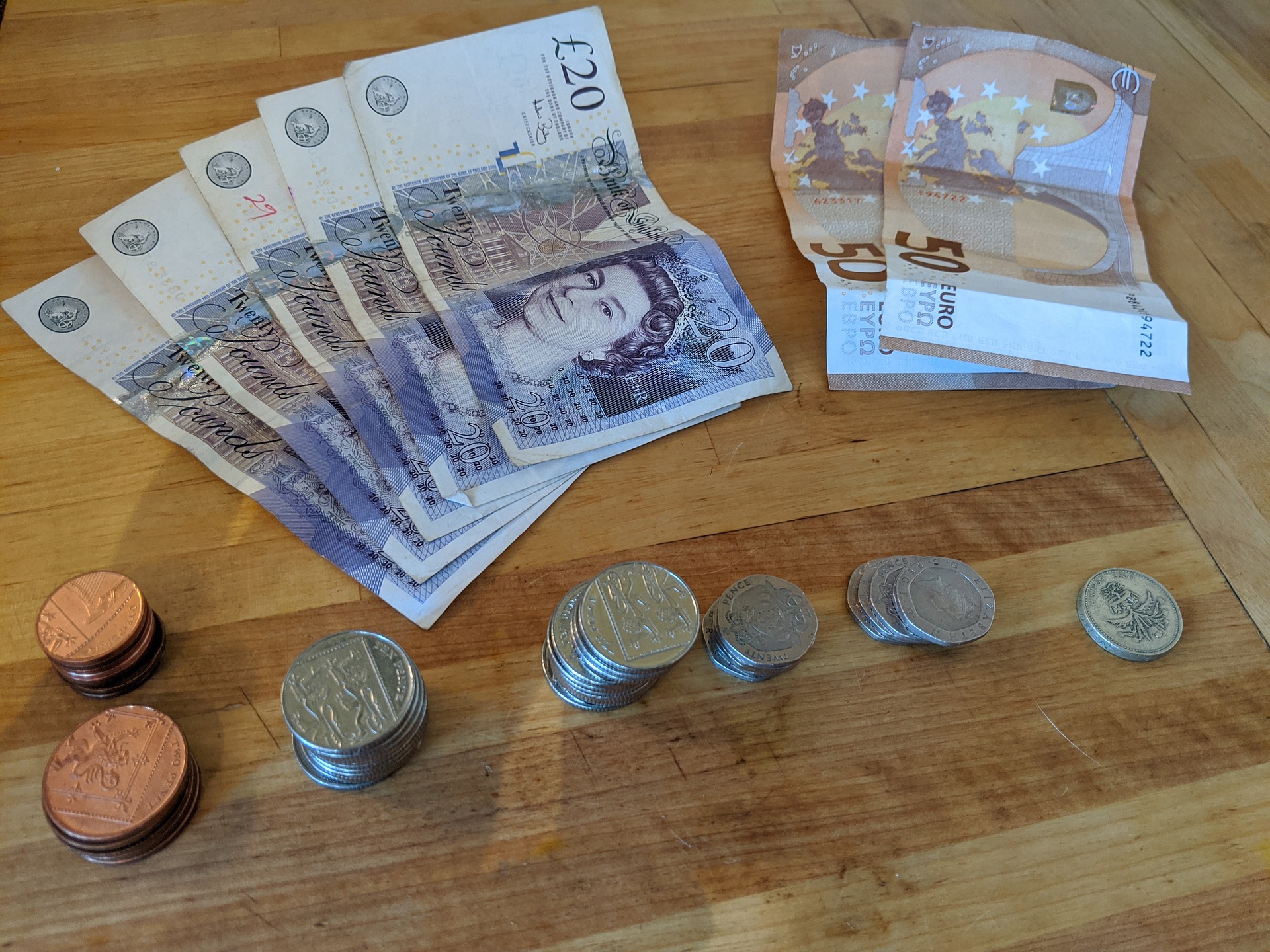British Pound to US Dollar slipped almost 0.99% on Friday, October 29, moving below the 1.37 level, unable to go past 1.38 resistance levels in October.

British Pound To US Dollar Declines to 1.37 Levels
The British Pound to US Dollar declined to 1.3691 levels on Friday, October 2021. It was a decline of 0.99%.
The GBP/USD currency pair slipped to 1.3628 regions in July 2021 and 1.3621 in August. In October, it dripped to multi-month lows to 1.3460. The British Pound to US Dollar is losing momentum, moving to new lows for the past four months in the forex market.
The GBP/USD has to move past the resistance level at 1.38 to gain upside momentum. However, all attempts to surge past this zone have led to failure. The currency pair saw a 0.99% decline on Friday, with the Dollar gaining strength and the British Pound weakening.
Bank of England to tackle High Inflation
Inflation in the UK is high, and it may lead to a hike in rates by the Bank of England meeting to take place next week.
There is a shortage of lorry and truck drivers, and staff for hotels and restaurants. The government has intentions of bringing support schemes to an end, with the covid cases slowing down. The inflation rate has gone up 3.1%. Bank of England plans to bring down inflation to 2% to lower the prices of essential and non-essential goods. High inflation causes a decline in the British Pound.
Final Services PMI shows improvement from 54.6 to 55.4. The purchasing managers index is a leading indicator of economic activities and market conditions.
Construction PMI has come down from 55.2 to 52.6. Halifax HPI m/m shows good recovery from 0.8% to 1.7%. BRC retail sales monitor has gone down from 1.5% to 0.6% this year.
The unemployment rate has gone down from 4.6% to 4.5%, with lockdown restrictions slowing the economy.
UK GDP Rises to 0.4%
The Office for National Statistics (ONS) states that GDP in the United Kingdom has risen from -0.1% to 0.4% in August. UK GDP represents 2.40% of the global economy. In August, the UK economy improved after covid curbs came down. But GDP remains below the pre-pandemic levels.
However, the energy crisis has hit the country. Shortage in petrol and energy may prevent the GDP from growing at a faster rate. Rising fuel and energy prices handed down to customers in September are hurting ordinary households. Inflation saw a swift acceleration in August and September, weakening the Sterling.
New lending to individuals has come up from 5 billion to 9.8 billion. As it correlates with consumer spending, it is positive for the currency.
Industrial production m/m has gone higher from 0.3% to 0.8% in August 2021, especially in the quarrying and mining sector. However, activity from water supply and electricity and gas sector moved lower.
Manufacturing production shows a good recovery from -0.6% to 0.5%. Factory output shows improvement, especially in transport equipment and pharmaceutical products.
CB leading index m/m has come down from 0.6% to 0.5%.
Consumer confidence dropped from -13 to -17, which is the third monthly decline. Surging inflation has brought up household expenses, leading to lower consumer confidence.
Manufacturing PMI is at 57.7, higher than the previous data at 57.1. Factory activity shows growth with new order and employment. But staff shortage is worrying manufacturers.
Services PMI jumped from 55.4 to 58.0 in October 2021. The country shows the fastest expansion with higher client spending after rolling back of restriction.
Retail sales rose from -0.6% to -0.2%. Though retail sales are in the negative in September, it shows improvement from the August figures.
Access to British Waters under Conflict
The UK decided to leave the eurozone, and the negative impacts are hurting the economy. The fishing industry has come under high pressure, and the supply chain is disrupting businesses. Petrol bunks are empty, and big queues are waiting outside.
France plans to stop UK boats from landing in its ports. The row over licenses has to come to a stop by Tuesday, says the French government.
At the G20 summit in Rome this weekend, Prime Minister Boris Johnson may meet French President Emmanuel Macron. The fishing row is escalating between the United Kingdom and France.
Last month, French boats did not gain access to British waters, bringing up the fishing dispute again. France now threatens the supply of energy to Britain.
The Trade and Cooperation Agreement was part of the Brexit deal by which a licensing system gave access to the fish caught from the UK waters by the European Union until 2026. However, trouble brews over the fishing area.
US Dollar Index
The US Dollar is gaining strength. The inflation rate in the US has gone higher in September to 3.6%, from what it was last year.US Treasury bonds yields also gained momentum, which is pulling the US Dollar index higher. The Federal Reserve may announce higher rates to tackle inflation, say experts.
The British Pound to US Dollar weakens with the greenback gaining strength.